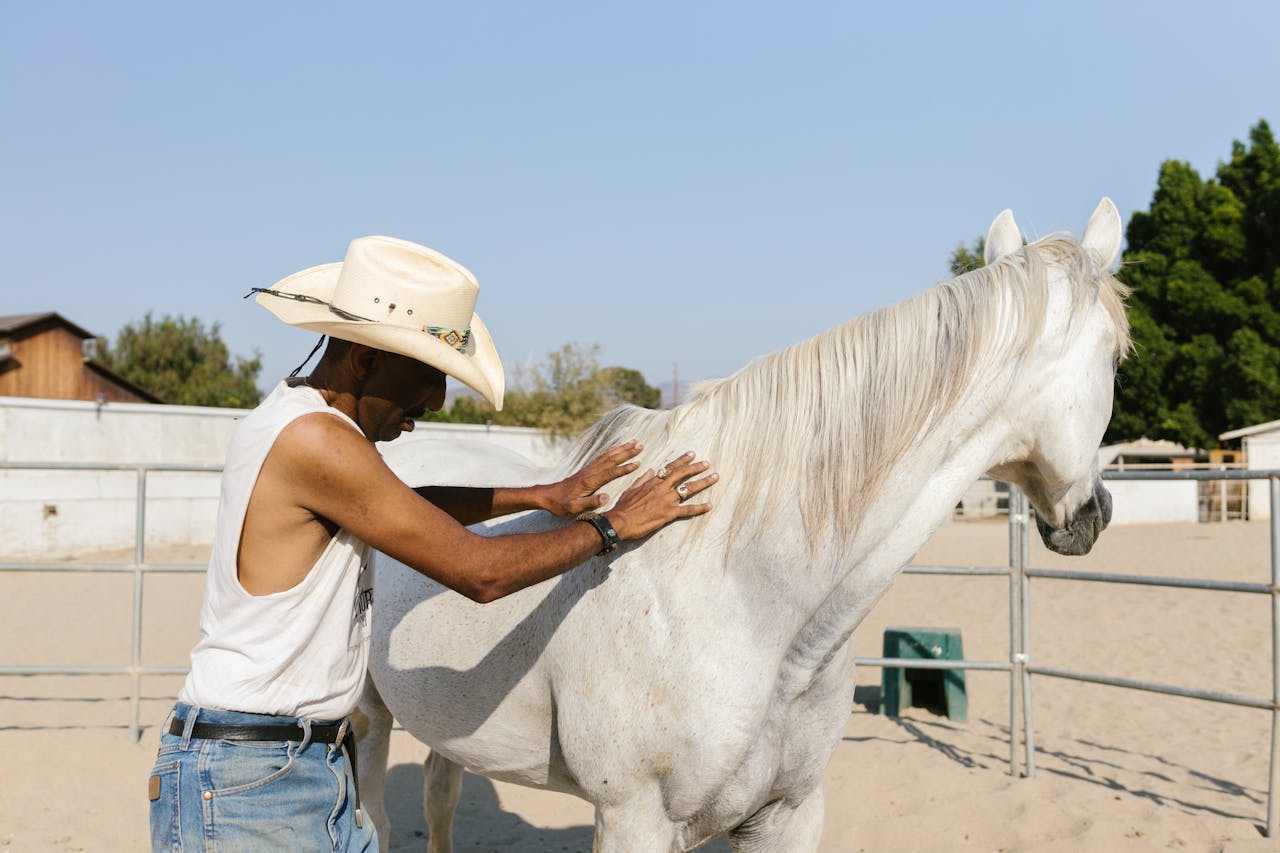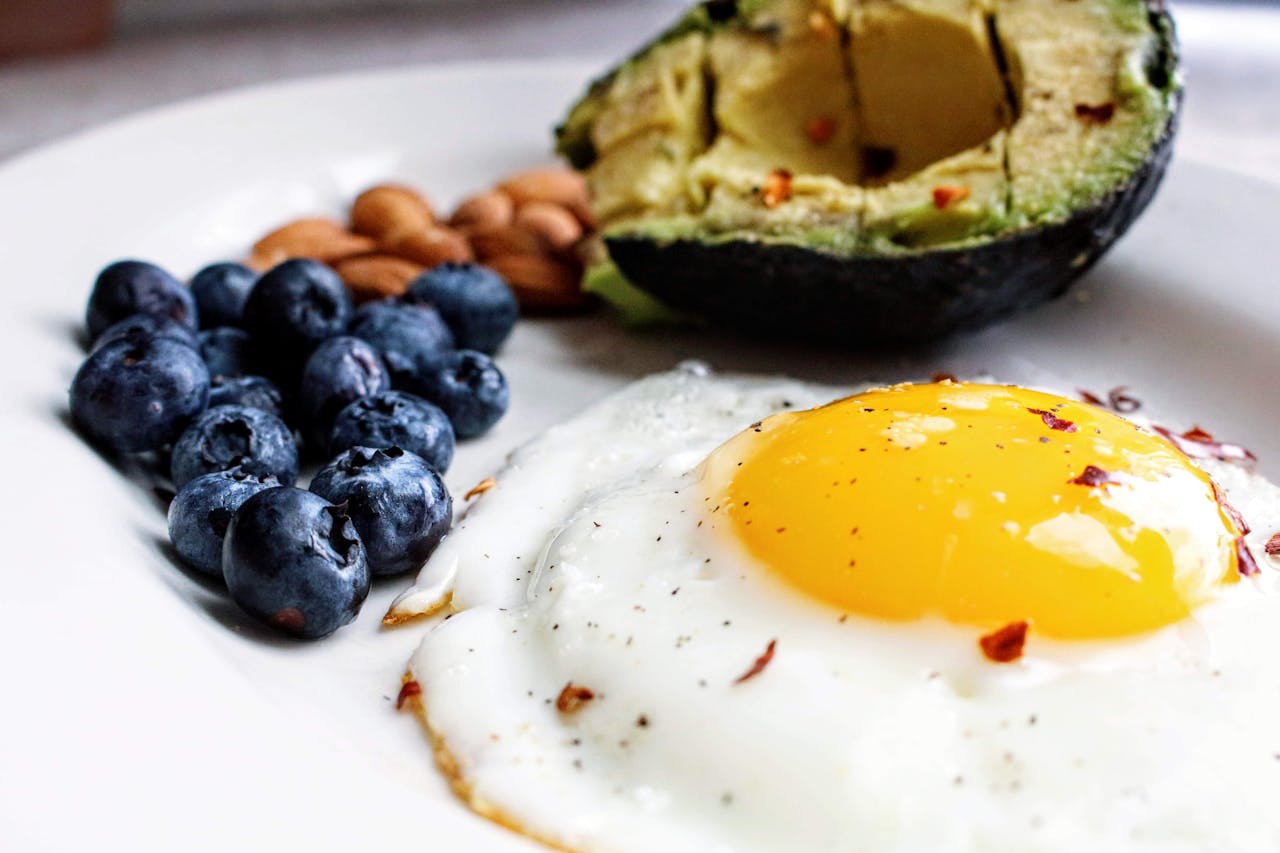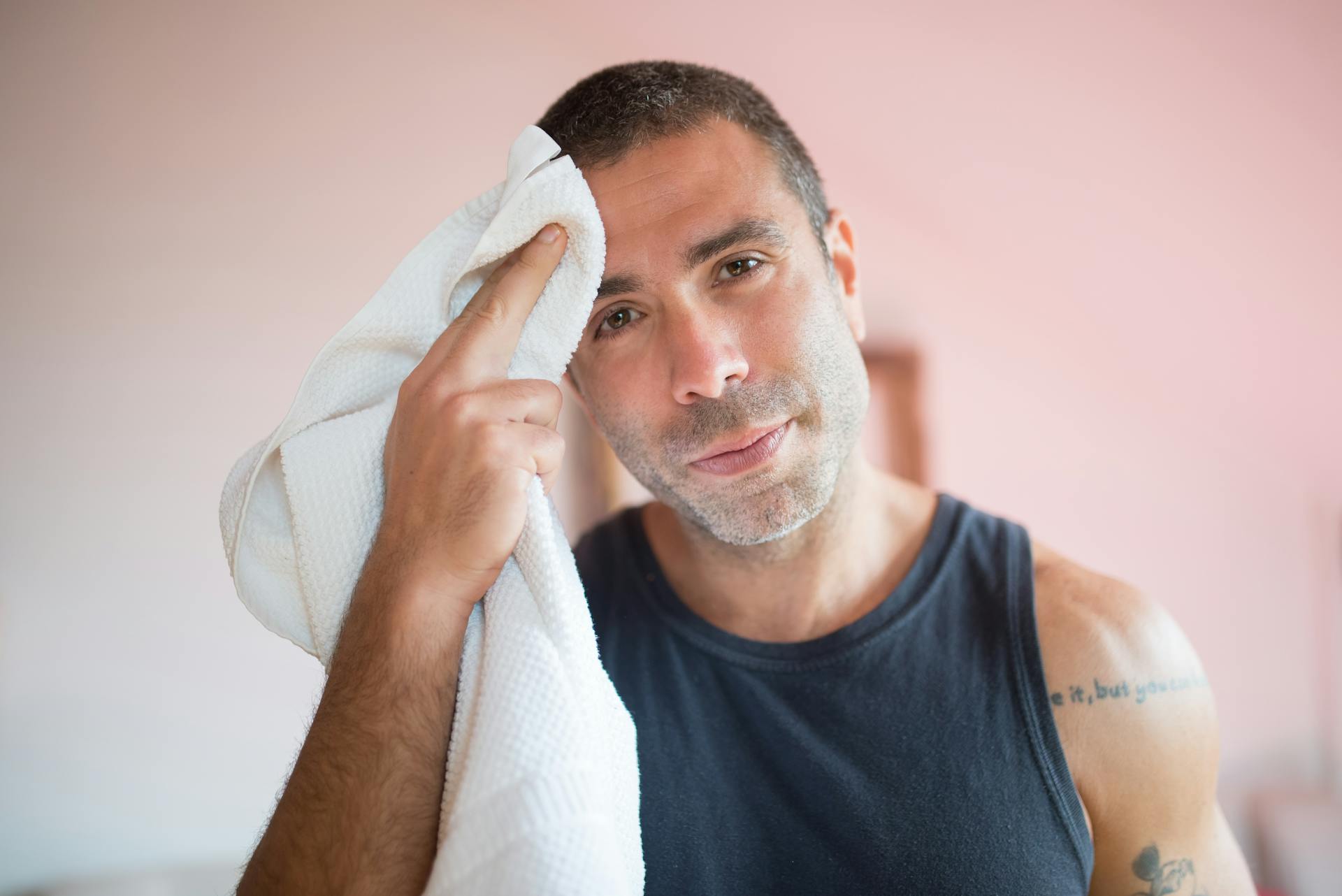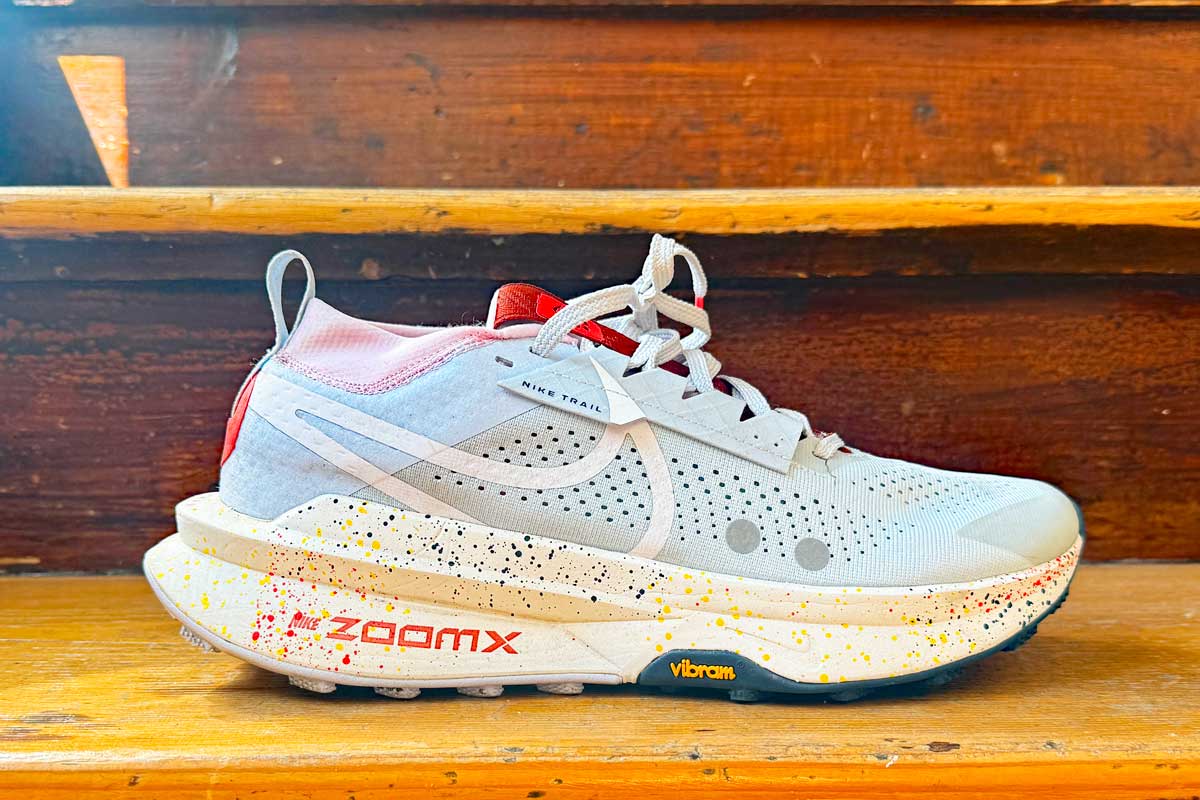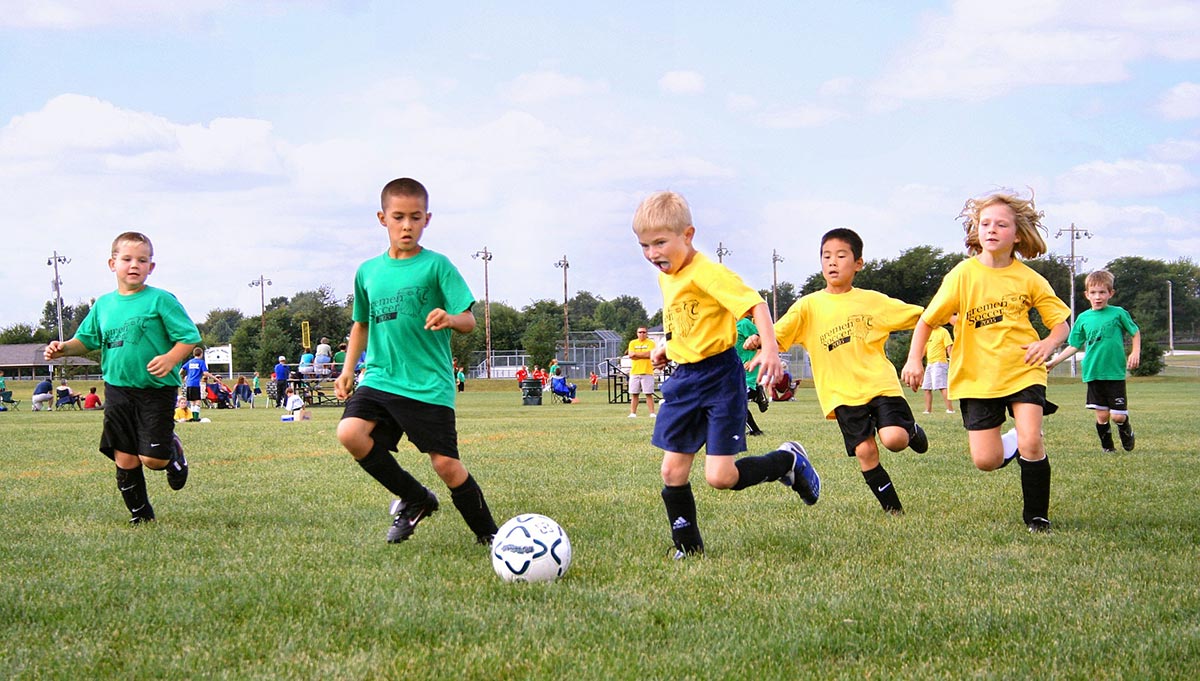When the Treadmill Is a Pickup Truck and the Diet Is a Firearm
Welcome to rural America, where the roads are long, the neighbors are distant, and health care is even farther. While cities boast boutique fitness studios and kombucha bars, many rural areas are quietly sliding into a public health abyss. Jogging is suspicious, yoga is elitist, and a salad is something your burger comes with by accident. In these towns, fitness isn’t just ignored—it’s been culturally exiled.
The Silent Collapse of Rural Health
Rural America has become a hotspot not for wellness, but for death statistics. Heart attacks, strokes, cancer, diabetes, suicides—pick a leading cause of mortality, and you’ll find it thriving between grain silos and gun shops. Access to care is dismal, infrastructure is crumbling, and the economic base is shot through. The result? A generational health collapse unfolding with barely a whisper of national attention.
What’s worse: many of these conditions are preventable. They are not the inevitable result of rural life, but of systemic neglect, policy failure, and cultural drift. People aren’t dying because they live in the country. They’re dying because no one is helping them live better.
Death by ZIP Code: The Numbers
| Cause of Death | Rural Rate (per 100,000) | Urban Rate (per 100,000) |
|---|---|---|
| Heart Disease | 189.1 | 156.3 |
| Cancer | 164.1 | 142.8 |
| Chronic Lung Disease | 52.5 | 35.4 |
| Firearm Deaths | 17.0 | 13.2 |
| Suicide | +22% | baseline |
And this doesn’t even include “deaths of despair”—those related to drugs, alcohol, and chronic hopelessness. In many counties, opioid overdoses and liver disease are now more common than traffic accidents. The body count is rising, and the country barely notices.
Fitness Has Left the Barn
In the past, rural life was physically demanding. Farmers didn’t need gyms; their work was exercise. But mechanization, monoculture farming, and economic decline have turned labor into screen time and sitting. The only thing most rural folks lift daily is a fast-food bag or a bottle of prescription meds. The myth of the “naturally strong country body” hasn’t held up against the rise in obesity, sedentary lifestyle, and chronic illness.
Even physical jobs are no guarantee. Many rural workers today—truckers, warehouse staff, miners—experience overuse injuries, poor recovery, and zero access to rehabilitation. They don’t need muscle mass. They need mobility, pain relief, and a system that treats them as more than disposable labor.
Culture vs. Cardio
Here’s the deeper problem: in many rural communities, fitness is seen as a foreign import—coastal, liberal, unnecessary. Gym-going is ridiculed. Diet advice is rejected. The idea of preventative care is viewed as indulgent or irrelevant. Add in misinformation, economic stress, and fatalism, and you get a culture where movement is optional and sugar is gospel. This isn’t just about lack of access—it’s an identity war between tradition and transformation.
When your local role models are ex-football stars who now limp into diners for a plate of biscuits and statins, it’s hard to sell strength training. Especially when healthcare feels judgmental, inaccessible, or absent altogether. Many simply give up—not out of ignorance, but out of exhaustion.
Redefining Fitness: From Vanity to Vitality
What rural America needs isn’t abs—it’s agency. Fitness here must be rebranded not as aesthetics but as survival. Walking a mile a day isn’t a trend; it’s a ticket out of diabetes. Community sports aren’t hobbies—they’re antidepressants. Movement must be local, practical, and dignified. When your neighbors are dying young, push-ups aren’t about Instagram—they’re about keeping your heart from stopping before sixty.
Health literacy campaigns must drop the dumbbells and pick up relevance. Stop talking about macros and start talking about joint pain. Build trust before programs. Show up before you tell others to shape up.
What Could Actually Work?
Solutions do exist. Rural gyms in church basements. Walking clubs led by nurses. Mobile fitness vans bringing basic coaching to towns with no trainers. Government grants that fund sidewalks instead of studies. Even tax breaks for preventive fitness programs. The key? Simplicity and relevance. Don’t tell people to buy protein powder online. Help them organize a weekly walk in the Walmart parking lot. Meet them where they are—because they’re not coming to SoulCycle.
And don’t underestimate pride. Rural Americans are tough. They’ve survived floods, bankruptcies, fires, and worse. Frame fitness as resilience, not repentance. Make it about legacy—living longer for your grandkids, not looking better at church potlucks. The body is the last frontier of sovereignty. Treat it like sacred ground.
Buried Before the Bench Press
The crisis in rural health isn’t due to ignorance. It’s the result of neglect—political, economic, and cultural. And unless public policy, community action, and fitness culture align, rural America will continue to bury its young while the nation debates gluten. Fitness has to stop being a lifestyle brand and become a lifeline. Because if we don’t bring physical resilience to rural towns, we’ll keep bringing body bags. And you can’t deadlift your way out of that.
Sources: CDC (Centers for Disease Control and Prevention), American Heart Association, Missouri Independent, US Health Statistics 2019–2022
